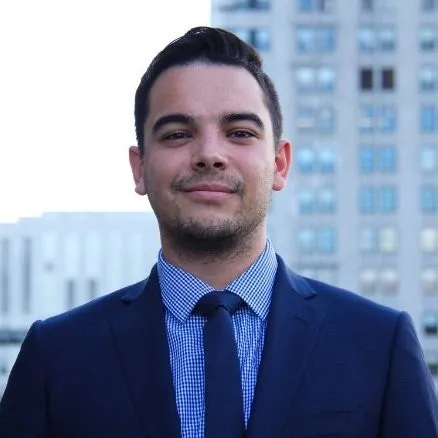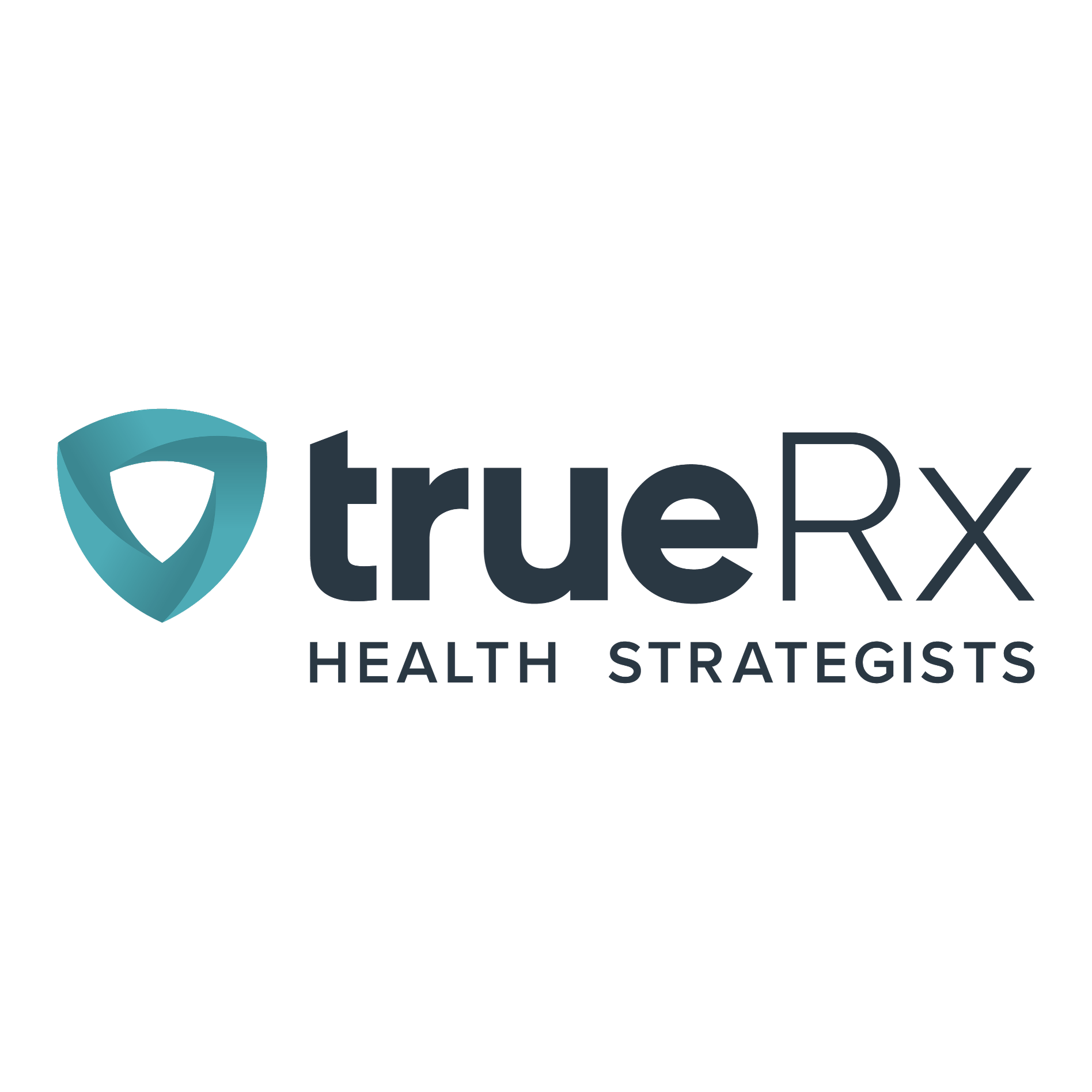The number of clinical trials around the world has exploded in recent years. According to analysis by Grand View Research, the global clinical trials space is expected to swell at a compound annual growth rate of 5.8% between 2022 and 2030.
While R&D has boomed, trials have struggled to keep pace with the rising demand for needed talent.
Oncology trials have been particularly hard hit by hiring challenges. In a recent virtual summit organized by the Society of Immunotherapy of Cancer, industry panelists discussed how a “crisis” in staffing shortages has brought clinical research to a “breaking point.” Without concerted efforts to combat the issue — such as changing the business model of clinical trials and increasing efficiencies — the panelists warned that oncology drug development efforts could stall.

According to Alec Rahman-Jones, managing director for the New York office of Phaidon International, a global recruiting agency, hiring woes are not only plaguing the beginning of the drug development process, but also the end, during commercialization.
Although these hiring conditions could last for years, pharma companies have an opportunity to get ahead of the curve by making a few critical changes.
Why the industry is feeling the crunch
COVID-related factors such as the “great resignation” and the pandemic biotech boom are playing a part in these shifts, but Rahman-Jones said there’s much more to the story.
“The majority of our clients in the last two years haven’t had much to do with COVID,” Rahman-Jones said.
Instead, clinical trial demand is being driven by an increase in studies in several therapeutic areas such as cardiology, CNS and oncology. Adding more strain to the situation is that trials are increasing for more complex treatments — such as cell and gene therapies — which makes finding candidates with the right experience a taller order.
To add to the rising demand, companies are also expanding their pipelines through M&A or internal development efforts.
“In past years, large pharma companies typically had one to two products heading into clinical trials,” Rahman-Jones said. “Now we’re seeing companies with three to four.”
Who’s in demand
On both ends of drug development, data-savvy candidates remain the hottest commodities, Rahman-Jones said. In particular, Rahman-Jones said there is a strong need for candidates in clinical trials who can work in “biometrics functions” such as programming, clinical data management and data analysis.
Although emerging technologies such as AI are driving efficiencies, Rahman-Jones said the human factor of data analysis can’t be replaced.
“Companies are not going to be able to eliminate the human need,” he said. “You need someone to come in and understand the data, and be able to explain it to others working with that data.”
The need for candidates with advanced skills in rising tech is also high in commercialization.
“Rather than needing staff for traditional sales and marketing roles, we’re seeing more demand for different jobs such as market research, sales ops and analytics,” Rahman-Jones said. “There’s a huge demand for data analysts who can look at the way businesses sell.”
What pharmas can do
Rahman-Jones advises companies to stay flexible in their approach to analyzing candidates. The high level of technical skill needed for these positions can be a tough barrier to entry — unless pharma companies are willing to look at potential hires through a different lens.
“Certain companies will only want candidates with a Ph.D. in biostatistics, for example,” Rahman-Jones said. “But we have candidates with a master’s and years of industry experience, so we advise clients that these candidates can be just as valuable.”
"There’s a huge demand for data analysts who can look at the way businesses sell."

Alec Rahman-Jones
Managing director, New York office, Phaidon International
Rahman-Jones also counsels companies to plan the hiring process 12 to 18 months in advance, which is often when many development collaborations begin to take shape. This can be especially helpful in life sciences because of the way researchers approach their work.
“A lot of scientists work on a product for several years and want to see it through,” Rahman-Jones said. “Planning ahead allows us to get candidates excited about the idea of making a move and seeing a natural end to the projects they’re working on.”
Rahman-Jones added that companies shouldn’t simply bank on the hiring landscape leveling out in the next few years.
“There’s nothing that we’re seeing that suggests this (trend) is going to reverse in any way,” he pointed out. “The amount of trials happening is likely to continue for at least the next few years.”












